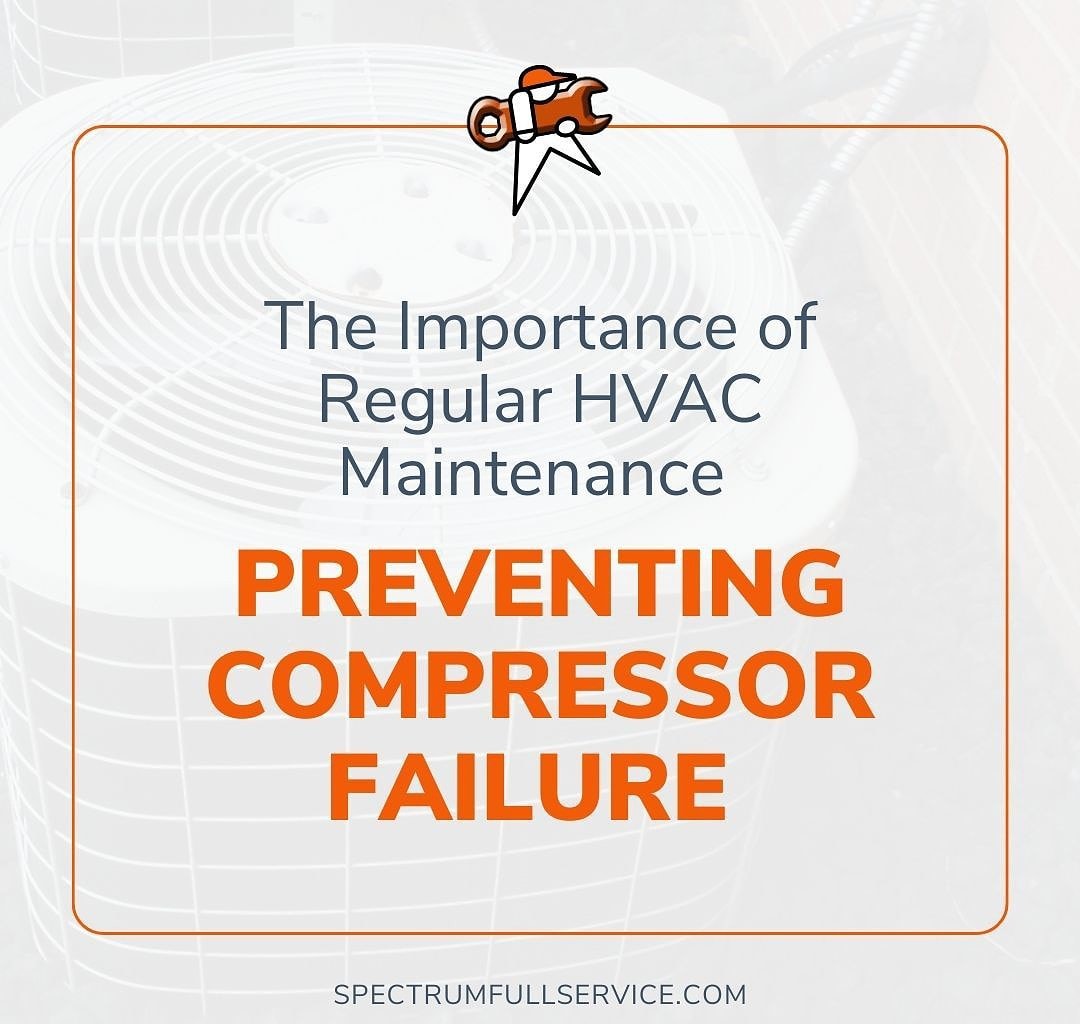Financing Options Available, Subject to Credit Approval.
AC Symptom Checker
Air Conditioning System isn’t working?
No matter what the problem, we’re here to help. Before you call for service, try these simple tips for troubleshooting your heating and cooling system.
- Is it getting power? Check your fuses or circuit breakers, and remember that if your home’s power is out or disconnected, your system may not work.
- Is the thermostat set correctly? Make sure your thermostat has power, that it is set to cooling or heating mode and not “off”, and that it is set to the correct setting and temperature.
- Still not working? For more tips, look over the symptoms below that best fits your problem.
No Heat / Insufficient Heat
Do you have a new or newly remodeled home? Was any work done on your fuel or electricity lines recently?
- Check to see if your gas or electricity has been turned off. If this is the case, having it turned back on may solve the problem.
- Check to see if your thermostat is on, and what temperature it’s set at. If your thermostat is turned off or set incorrectly, turn on and/or reset thermostat.
- Check your home’s circuits and fuse box. If you have an open circuit breaker or burned-out fuse, switch on the circuit or replace the fuse. Remove anything that may be obstructing air flow around your outside unit.
No Cooling / Insufficient Cooling
- Check the doors and windows in your home. Close any open doors or windows as cool air may be escaping through them.
- Check to see if your thermostat is on, and what temperature it’s set at. If your thermostat is turned off or set incorrectly, turn it on and/or reset thermostat.
- Check your home’s circuits and fuse box. If you have an open circuit breaker or burned-out fuse, switch on the circuit or replace the fuse.
No Air Flow
- Check around your outdoor unit. If there are any leaves, hedges or property walls butting up against it, your system may have overheated due to a dirty coil. Make sure your outdoor unit has 1′ of clearance all around it.
- Check the filters in each of your system components (where applicable). If any of your filters are dirty, consult your manual to clean or replace it. Or call Spectrum to do this for you.
- Check to see if there is any air coming through your vent. Your indoor blower may not be operating. If this is the case, you should click to call us or fill out the form on this page to get help.
Noisy Air Vents
- A high pitched sound often, although not always, indicates a lack of return air. Make sure your return and supply vents are open and free of any blockages including furniture.
- Other noises (e.g., rattling, humming, thumping or scraping sounds) could be a sign of undersized or flimsy duct work, clogged filter or wear and tear on your system’s internal components. If you hear an unusual sound, you should click to call us or fill out the form on this page to get help.
Noisy Outside Unit
If your outside unit is making loud noise it is usually indicative of a motor going out or a refrigerant issue. When bearings wear out on motors the internal parts begin to grind and make very loud noises. You can get ahead of future breakdowns by calling Spectrum to check it out and determine where the noise is coming from.
Dripping Water from Pipe on Exterior of Your House
It should not do that.
Most homes have multiple places where water may drip from a pipe extended from the interior of the home to the exterior of the home. One of those pipes is typically a secondary condensate drain (an overflow drain) that has been extended from the emergency pan of your air conditioner to the outside of your home.
This drain allows condensation to vent to the outside when the primary drain in stopped up. Because it is only an emergency drain you should turn off COOLING or HEATING and turn on FAN. The fan will help thaw out your system just in case it is frozen. You should also call Spectrum immediately so we can resolve the issue. Many times it is as simple as blowing out the primary drain line properly so that the condensation can flow into your homes sewer system as intended.
Dripping Water from the Ceiling Below your AC
This problem is related to the one above. However, either the emergency pan is not functioning correctly or you do not have an emergency pan. In either case, you should turn off COOLING/HEATING and turn on FAN.
The fan will help thaw out your system just in case it is frozen. You can also click to call us so we can resolve the issue quickly before it causes significant damage behind the walls and under the floors of your home's interior.
Ice on Your Refrigerant Lines
Copper Lines Running to and from Inside and Outside Units
Schedule Service Call
Related Articles

Preventing Compressor Failure: The Importance of HVAC Maintenance Services in North Texas

HVAC Tips for Spring

